-- From Vientiane to Phonsavan
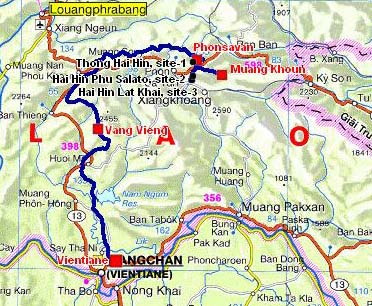
The road tracklog
From Vientiane to Phonsavan
From 26/01 to 31/01/2009
However thus Sunday January 25 I began the visit of Vientiane of course with Wat Si Muang which houses the City Pillar, home-guardian Phii symbol, surrounded by Buddha in all peaceful, religious syncretism. Inhabitants of Vientiane dedicate to the symbol animist a real devotion.
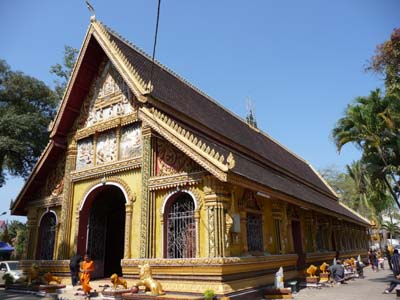
Wat Si Muang
Vientiane
25/01/2009
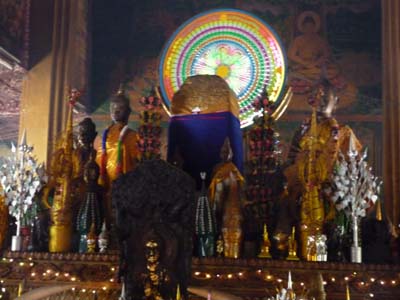
City pillar
Vientiane
25/01/2009
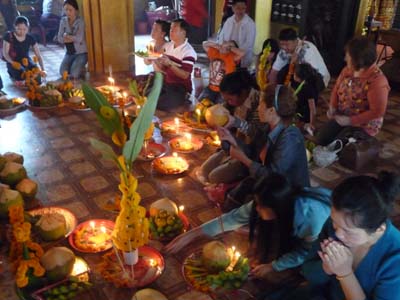
Wat Si Muang
Vientiane
25/01/2009
At the end of the day I went to see Pha That Luang the symbol of Laos which shined out under the low angle light at sunset.
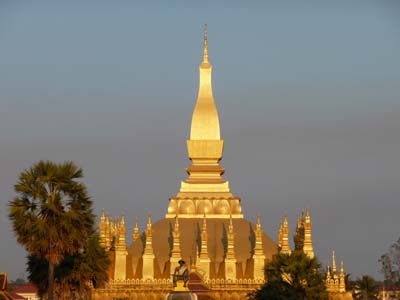
Pha That Luang
Vientiane
25/01/2009
The 26/01 I strolled in Vientiane by bicycle while following the Walking Tour proposed by the LP. In the North-East of the avenue Lane Xang raises Patuxia; the avenue and the building would resemble the Champs-Élysées and the Arc de Triomphe in Paris. Without any chauvinism it would be necessary to be blind to dare this comparison.
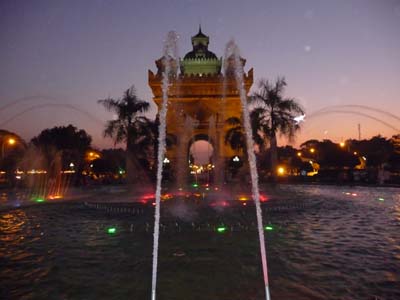
Patuxia
Vientiane
26/01/2009
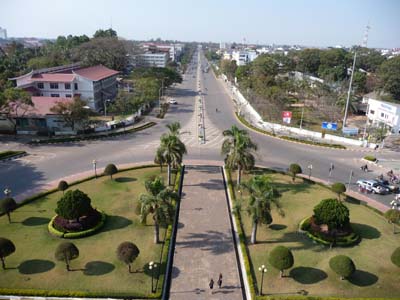
Patuxia
Vientiane
26/01/2009
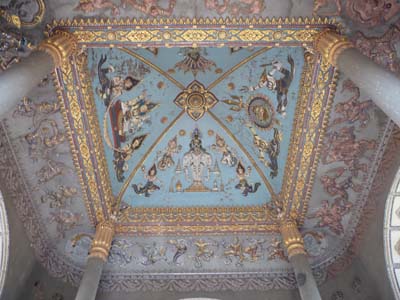
Patuxia
Vientiane
26/01/2009
On the south-western pillar a panel gives a realistic judgment with humor.
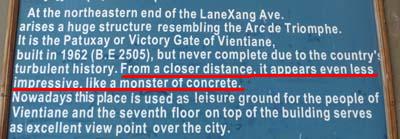
Patuxia
Vientiane
26/01/2009
Further on That Dam would date back to the beginning of the Lan Xang bKingdom and would have been covered with gold before pillaging by the Siamese in 1828.
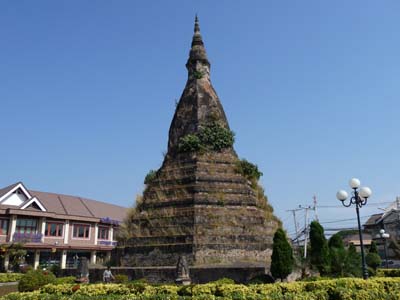
That Dam
Vientiane
26/01/2009
Close to Mekong the Presidential Palace was the palace of the Governor of colonial France. There are not other buildings dating from the colonial era.
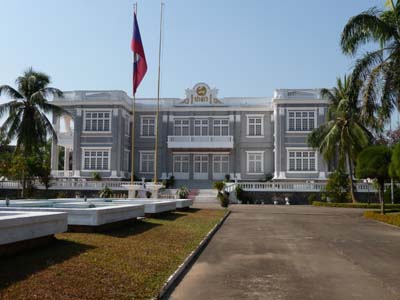
Presidential Palace
Vientiane
26/01/2009
Wat Si Saket would be the oldest temple in Vientiane because it was not ransacked by the Siamese! The cloister surrounding the temple has thousands of statuettes of Buddha in cells. At the interior of the ordination hall the walls are covered with painting of Jakata. It is the most interesting in Vientiane
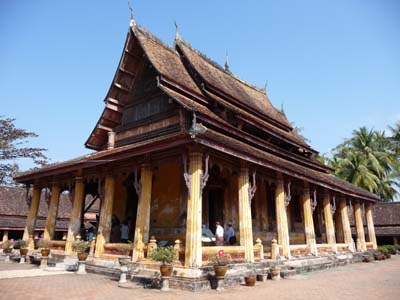
Wat Si Saket
Vientiane
26/01/2009
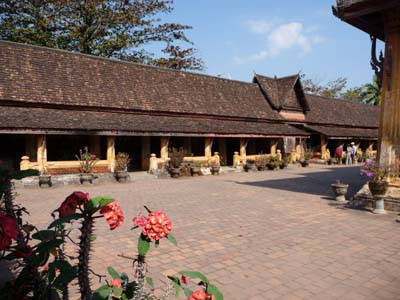
Wat Si Saket
Vientiane
26/01/2009
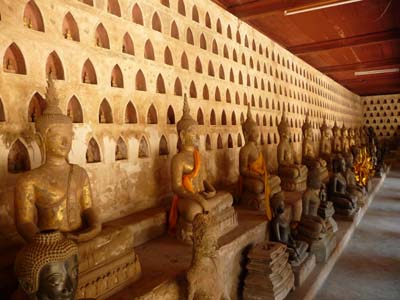
Wat Si Saket
Vientiane
26/01/2009
Haw Phra Kaeo dates back to the Thirties, rebuilding of a temple burned by the Siamese. It
sheltered Emerald Buddha that the Siamese carried in Bangkok.
Vientiane has many other minor temples. The city is modern due to various
destruction by invaders, but it is not without charm far beyond.
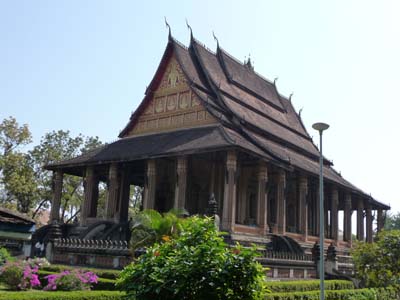
Haw Pha Kaeo
Vientiane
26/01/2009
The 27/01 I left Vientiane in the late morning to head northwards by the main road n°13
asphalted without pot-hole but very embossed by heavy trucks. After Phonhong it meanders in the mountain at an average altitude of 220 meters GPS.
From Houaypamon to Houaymor it is at the edge of the lake Ang Nam Ngum without
possible access to bivouac.
I arrived in Vang Vieng in the afternoon, it is the city which one loves and
hates. It is indeed very tourist and prices are multiplied at least by four. I
walked on foot looking for a bivouac at the edge of the Nam Song River, I
dreamed. There are only guesthouses and restaurants, here no law of the
littoral, no business of straw huts. I bivouacked on an large carpark along
main road 13.
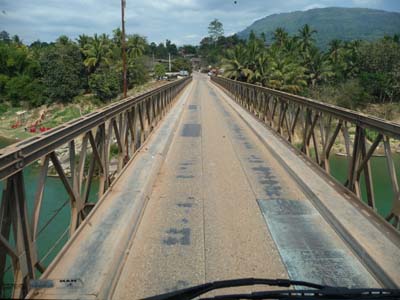
Current bridge
en Route
27/01/2009
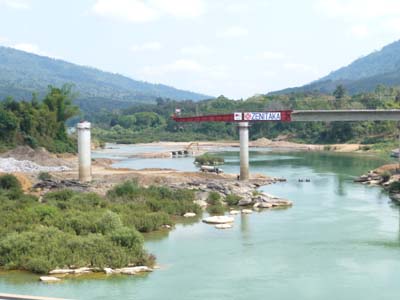
Future bridge under construction
en route
27/01/2009
The 28/01 I cycled the "West Van Vieng Loop" suggested by Lp, it is 43 kilometres of rocky track in a landscape of rice paddies, dry in this season, and karstic mountains with many caves. I did it in six hours by visiting Tham Phu Kham Cave and by having lunch of a noodle soup bowl with aromatic herbs. It was a great moment of happiness in this fairy-like loneliness without noise and without pollution. I did not meet anybody except a couple of resident in Cannes mislaid as me in this splendour. I went back to my truck dead beat but very happy. Ah beautiful days!
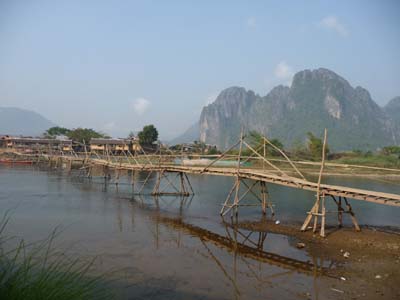
Bridge over Nam Song
Vang Vieng
28/01/2009
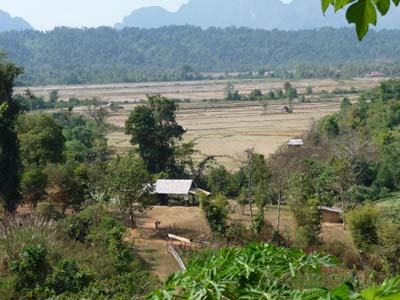
Rice paddy landscape
Vang Vieng
28/01/2009
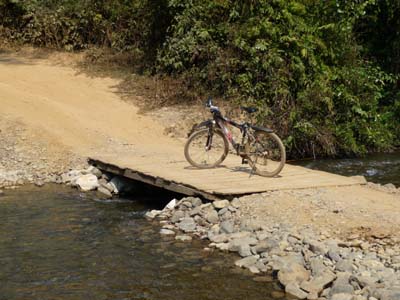
My bike
Vang Vieng
28/01/2009
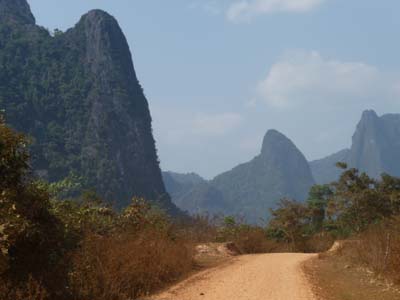
Landscape
Vang Vieng
28/01/2009
The 29/01 was a long driving day to head to Phonsavan by the road n°13 then in Muang Phu Koun by the road n°7 eastwards. The two roads meander between karstic mountains for the n°13 and mountains reaching 1500 meters for the n°7. The plateau of the Plains of Jars is at an average altitude of 1100 meters GPS. Pretty villages are built along the road; I saw a repair of a roof by a group of men who greeted me joyfully. Temperature is very fresh and luminosity is that of medium mountains. After a stop at Tourist Office I bivouacked nearby Nong Nam Ngum on a carpark in front of an air base.
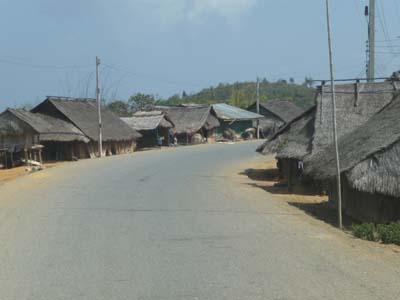
Village
En route 7
29/01/2009
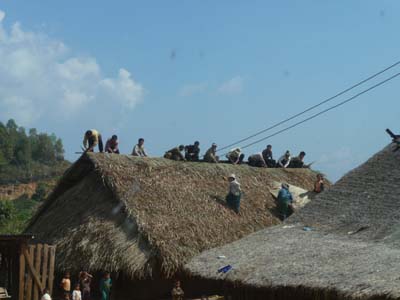
Repair of a roof
En route 7
29/01/2009
The 30/01 was a long and beautiful discovered day of the three sites of the Plain of Jars and of the old provincial capital Xieng Khuang.
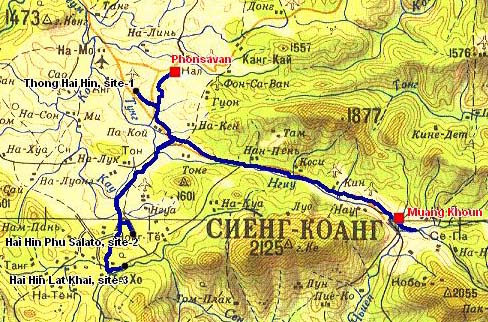
Circuit du
30/01/2009
Plain of Jars
The jars were fashioned in blocks of a conglomerate of sandstone coming from Muang Sui at 52 kilometres westwards away from Phonsvan. Several theories were emitted as for their use, as sarcophagus, as wine fermenters and as rice storage. Madeleine Colani of the Ecole Française de l’Exrème-Orient studied them in 1930 and published a reference book showing custom as funeral urn between 500 BC and 500-800 AD. The site was inhabited since 2000 BC in relation to Dong Son in Vietnam, with the plateau of Korat and India. Pillagers of tombs, marauders from China and collectors of all countries devastated the sites making impossible their exact knowledge in the absence of writing.
The site-1 at 10 kilometres of the city is the most visited. It exhibits 250 jars of 600 kg to one ton on a hill and in the plain.
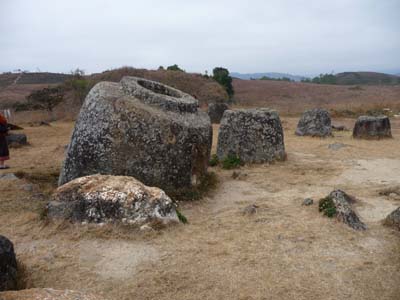
Thong Hai Hin, site-1
30/01/2009
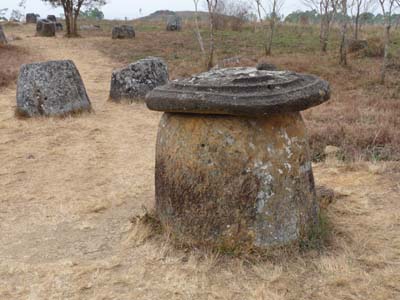
Thong Hai Hin, site-1
30/01/2009
The site-2 at 15 kilometres has 90 jars distributed out of two adjacent hills.
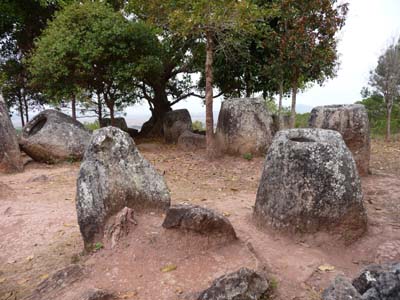
Hai Hin Phu Salato, site-2
30/01/2009
The site-3 at 10 kilometres has 150 jars on a hill after ten minute walk through rice paddies.
The sites-2 and 3 are accessible by a dirt track. The visit lasted the morning. I walked between the jars while trying to imagine the ceremony and the funerary rites of the religion of these people which made them. On the site-3 I met a couple of Québécois; it is a long way to Montreal, which I met again in Muang Khoun. I had lunched of a noodles soup bowl with aromatic herbs in the village of Lat Khai.
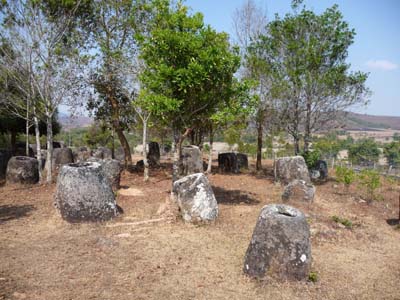
Hai Hin Lat Khai, site-3
30/01/2009
The afternoon was devoted to the town of Muang Khoun old capital Xieng Khuang whose sights are summarized with three ruins left by the US army which peppered the Plain of Jars with bombs at the time of the second war of Indo-China. I bivouacked at the foot of That Foun overhanging the city.
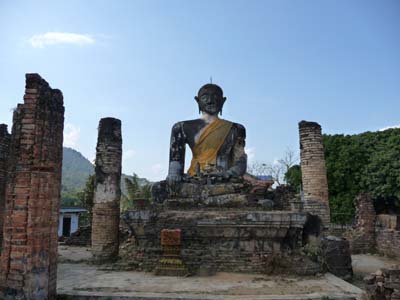
Wat Phia Wat
Muang Khoun
30/01/2009
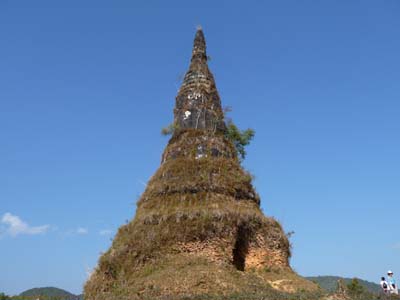
That Foun
Muang Khoun
30/01/2009
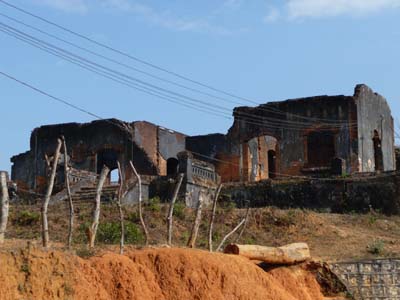
French building
Muang Khoun
30/01/2009
The 31/01 I headed back to Phonsavan to do shopping of food and to publish a new page of my website. The city is recent dating back to the second war of Indo-China. I bivouacked again on the spot.